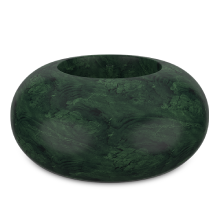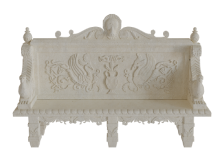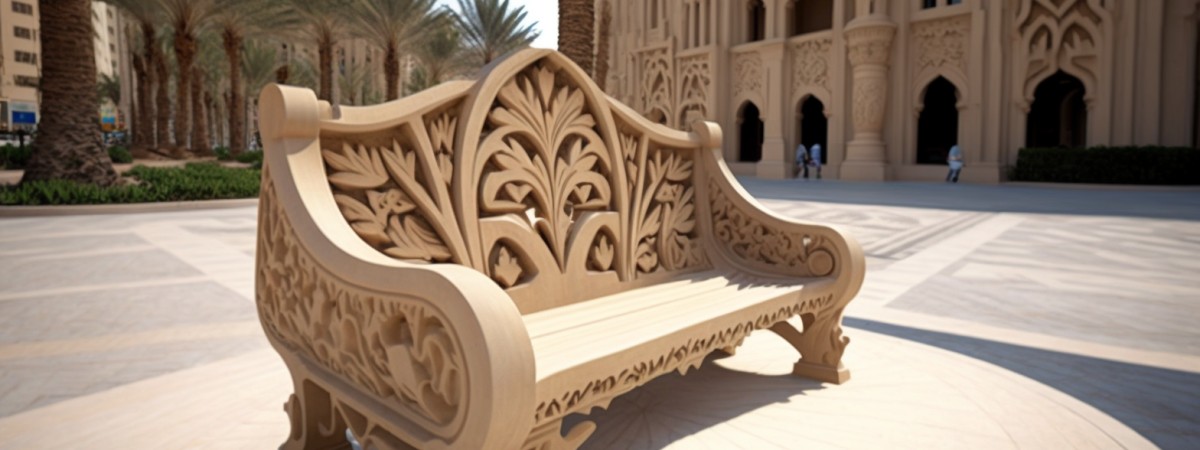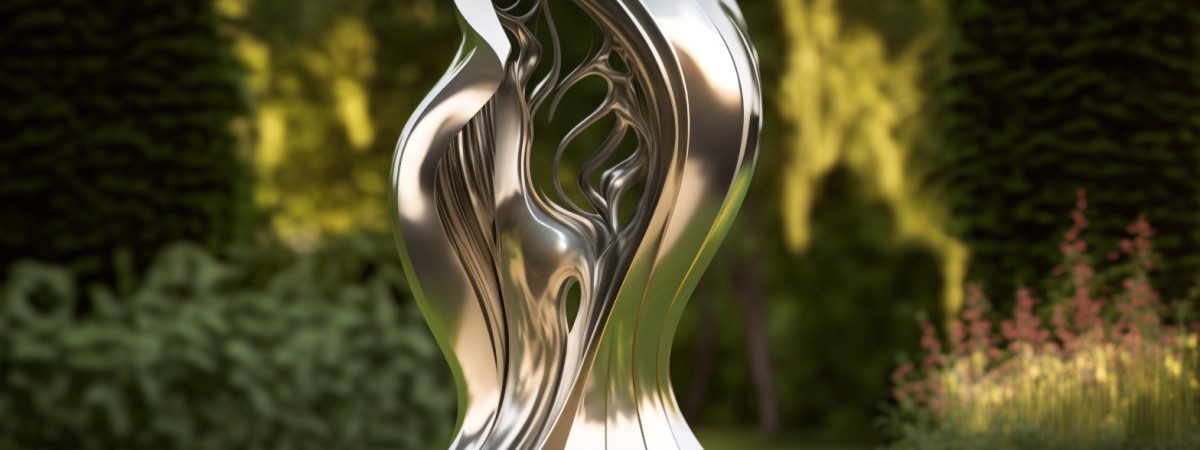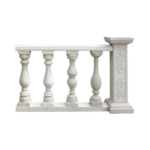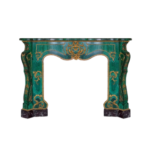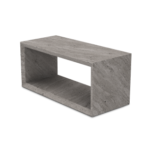June 7, 2023 Author: Evelyn Brown
13 Key Differences Between Hardscaping and Landscaping in Luxury Projects
Comprehending the difference between hardscaping and landscaping is an invaluable tool for those involved in designing and constructing luxury outdoor spaces such as luxurious hotels, resorts, villas, penthouses, palaces, beach houses, farmhouses, and public projects. Hardscaping and landscaping, while similar in their ultimate goal of creating functional and visually arresting outdoor spaces, have fundamental differences that necessitate distinct methodologies in design and implementation.

In this blog, we will explore the 13 pivotal differences distinguishing hardscaping from landscaping in luxury projects. This will provide insights for designers, architects, contractors, and others involved in creating these spaces.

Definition:
Hardscaping signifies the use of robust materials like concrete, stone, brick, or pavers to create exterior structures such as patios, pathways, walls, and supporting structures. In contrast, landscaping weaves a tapestry of living plants and other elements from nature to elevate the allure and ambiance of an exterior space.

Function:
Hardscaping primarily imbues an outdoor space with structure and purpose, while landscaping seeks to manifest a visually pleasing environment. Hardscaping ensures a durable and stable surface for pedestrians, defining distinct areas within the outdoor space. Landscaping, on the other hand, orchestrates a symphony of textures, colours, and forms to create a pleasing visual milieu.

Maintenance:
Minimal upkeep is a hallmark of hardscaping, while landscaping demands regular care to ensure the vegetation remains flourishing and visually appealing. Hardscaping materials, inherently resistant to the elements, offer low-maintenance solutions, while landscaping elements like plants and trees necessitate regular watering, trimming, and other forms of upkeep.

Cost:
Hardscaping could potentially incur a higher cost due to the extensive utilization of more expensive materials like natural stone and concrete. Landscaping could potentially be more economical as it relies predominantly on readily available natural resources like plants.

Installation Time:
Installation of hardscaping projects could be a lengthy endeavour due to the comprehensive preparatory and installation procedures they entail. Comparatively, landscaping projects, which encompass planting and arranging natural elements, are swifter in execution.

Design Flexibility:
Hardscaping, due to its use of permanent materials, offers limited flexibility in terms of design flexibility. In contrast, landscaping provides ample diversity, as the arrangement and selection of plants and other natural elements can be effortlessly rearranged to accommodate various design requirements.

Aesthetics:
Hardscaping lends a potent visual influence to an outdoor space, albeit with less aesthetic flexibility. Landscaping, conversely, offers a plethora of visual effects and textures, making it the perfect tool for crafting visually appealing outdoor areas.

Climate Considerations:
With inherent weather-resistant properties, hardscaping materials and structures are suitable for all climate conditions. Landscaping requires a thoughtful approach to local climatic considerations to ensure the natural elements flourish. Factors like sunlight, temperature, and precipitation are crucial considerations when selecting and placing plants in an outdoor space.

Durability:
Hardscaping materials offer superior durability and longevity compared to landscaping elements like plants and trees. The resistance to weather and environmental factors makes hardscaping materials suitable for regions subject to severe conditions. Conversely, landscaping elements, being susceptible to environmental damage, may require periodic replacement or rearrangement.

Sustainability:
Hardscaping, with its reliance on non-renewable resources like concrete and stone, is generally less sustainable than landscaping. Landscaping’s use of replenishable natural elements like plants makes it a more sustainable option.

Privacy:
Hardscaping constructs like walls and fences can ensure privacy and security for an outdoor space, while landscaping elements like trees and shrubs offer a degree of privacy but may not be as effective.

Integration with Architecture:
Hardscaping structures can seamlessly blend with a building’s architecture, while landscaping elements, although enhancing the overall appeal and ambiance of an outdoor space, may not integrate as cohesively with the built environment.

Purpose:
Hardscaping serves to create a functional outdoor space, while landscaping is designed to craft a visually pleasing environment. Hardscaping structures offer access, define different zones, and provide surfaces for foot traffic. Landscaping elements, in contrast, generate visual intrigue, offer shade, and establish a sense of privacy and seclusion.

In conclusion, hardscaping and landscaping are integral to the design and construction of luxury outdoor spaces like luxurious hotels, resorts, villas, and public projects. Though they both contribute significantly to crafting functional and aesthetically pleasing outdoor spaces, their inherent differences demand unique approaches in design and execution. Recognizing these pivotal differences empowers designers, architects, contractors, and others involved in the creation of these spaces to make informed decisions on the best materials and strategies to adopt in their projects.




